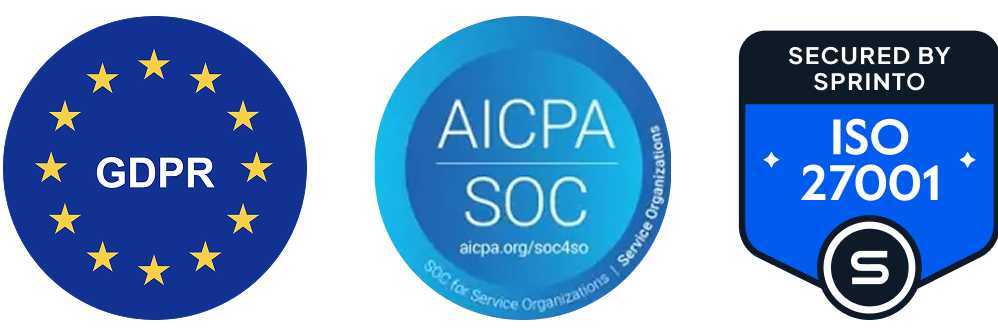1. What is the OpenAI API, and what can I do with it?
The OpenAI API gives developers access to powerful language models like GPT to perform tasks such as text generation, summarization, classification, translation, and more. It's commonly used to build chatbots, content tools, and intelligent automation features.
2. How do I get my OpenAI API key?
To get your OpenAI API key, sign in to your OpenAI account, go to the API dashboard, and navigate to the "API keys" section. From there, you can create and manage your keys for integrating OpenAI with your applications.
3. What is the OpenAPI specification used for?
The OpenAPI Specification (OAS) is a standard format for defining and documenting RESTful APIs. It allows developers to describe endpoints, methods, request parameters, and authentication methods in a machine-readable way using JSON or YAML.
4. Is there a difference between Open API and Swagger?
Yes. OpenAPI is the specification itself, while Swagger refers to the tooling ecosystem originally built around it. Swagger tools like Swagger UI or Swagger Editor help you design, document, and test APIs defined using OpenAPI.
5. Can I use OpenAPI for free?
Yes, OpenAPI is an open-source specification and completely free to use. You can create, edit, and use OpenAPI documentation without any licensing fees or restrictions.
6. What is an example of OpenAPI in action?
A typical OpenAPI example includes a YAML file that defines API routes, such as /users with GET and POST methods, along with request parameters, response schemas, and authentication settings. This file can then be imported into tools like ToolJet to auto-generate API operations.
7. What’s the difference between OpenAPI and REST API?
A REST API is an actual web service using HTTP methods, while OpenAPI is a format for describing how that REST API works. OpenAPI doesn’t implement an API, and it documents it so developers and tools can understand and interact with it easily.
.svg)
.svg)
.svg)



.svg)
.svg)

.svg)















